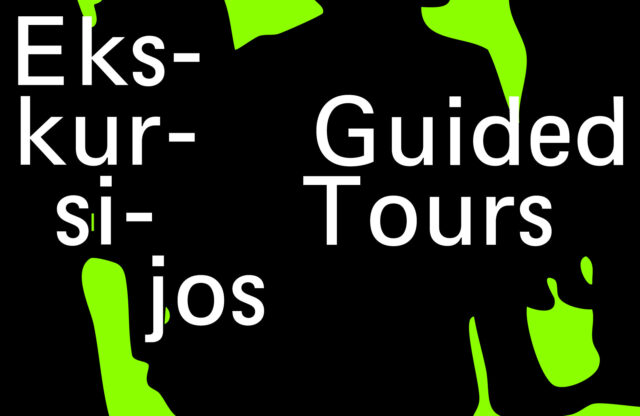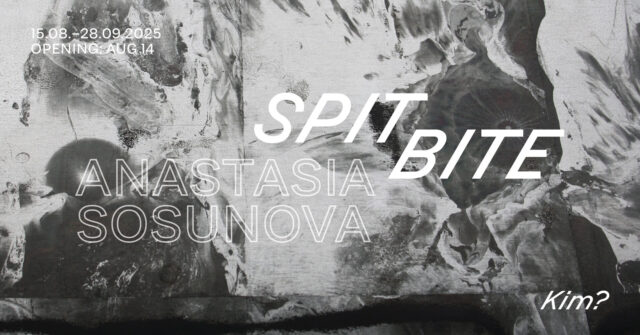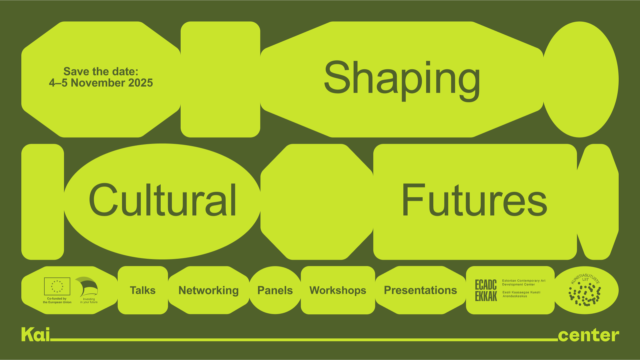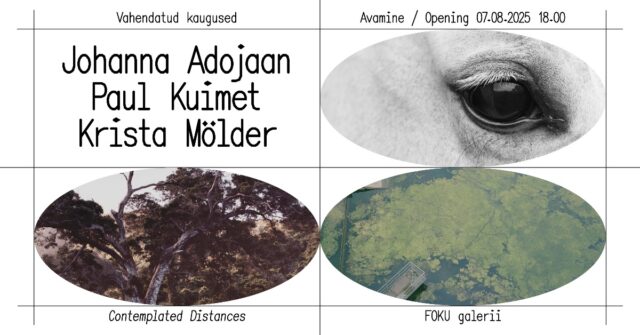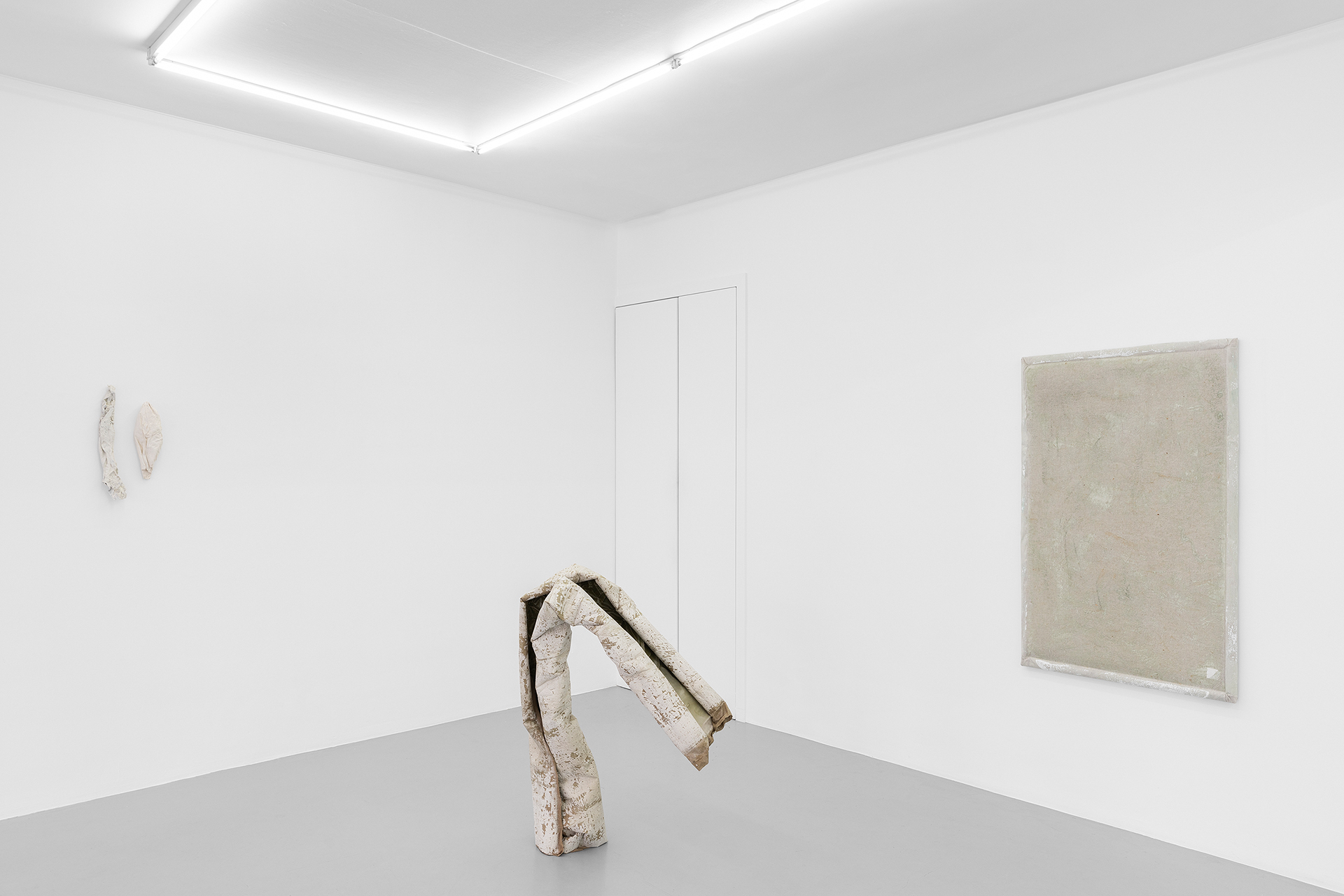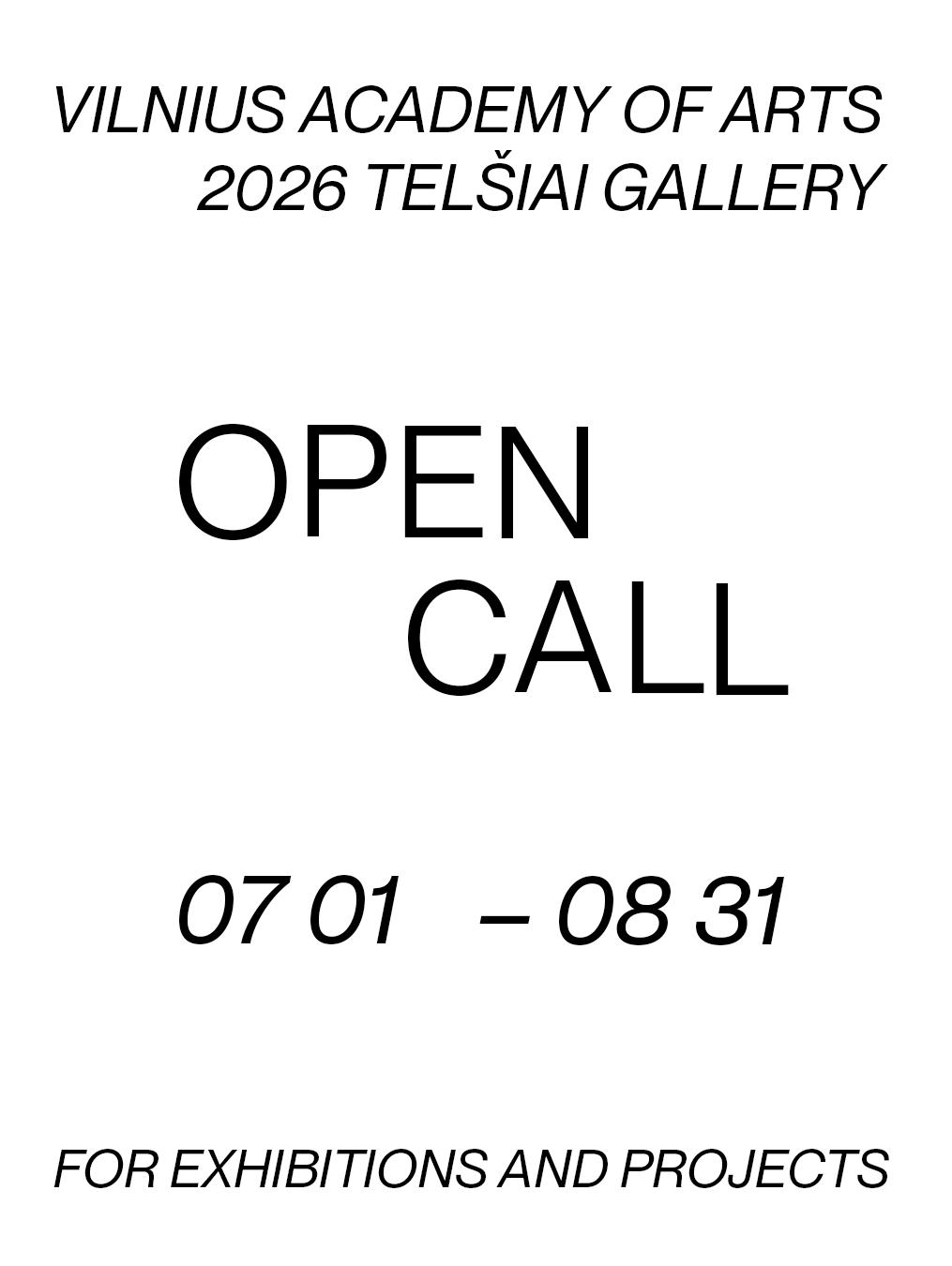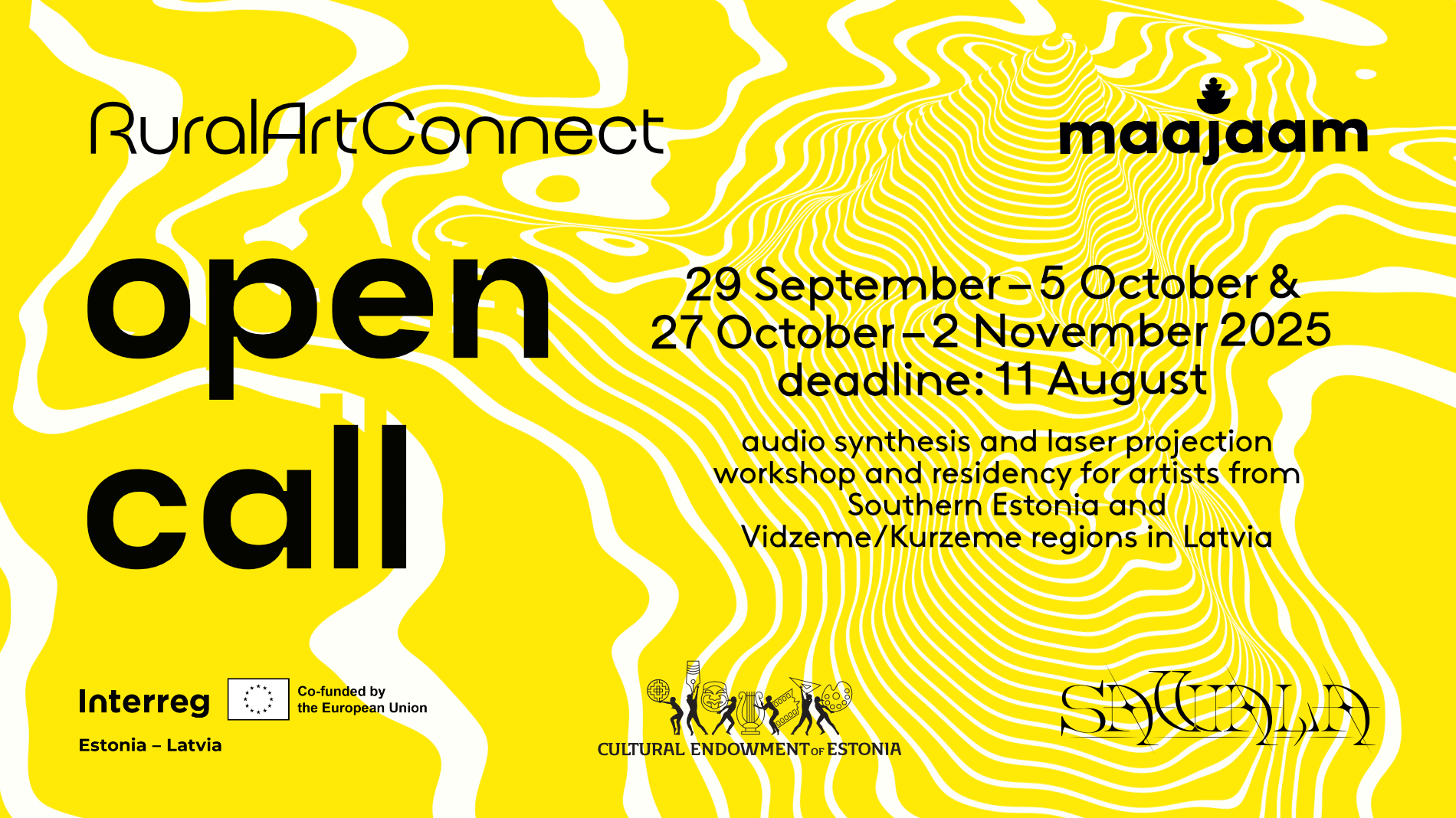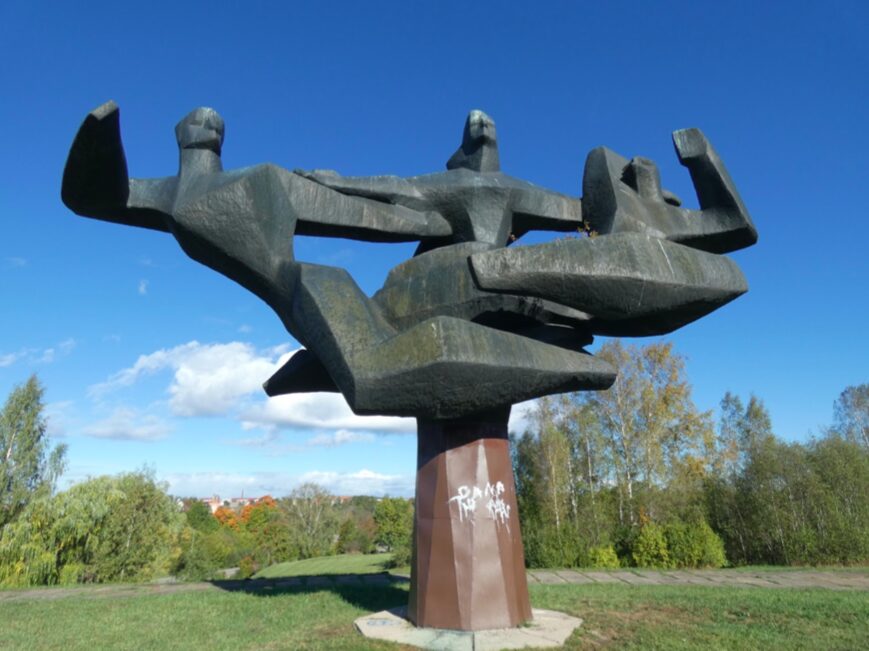Perhaps never before have we scrutinised our own faces as intensely as we did during the peak months of the pandemic. As work meetings and lectures migrated to virtual spaces, our eyes would involuntarily drift toward the small box in the lower right-hand corner of every Zoom call. Over time, I noticed that the version of myself staring back at me from the screen had become distorted and weird, as if my real self and the digital imitation were beginning to behave differently, almost taking on a life of their own. Yet I couldn’t quite articulate this phenomenon. Researchers suggest that prolonged gazing at one’s reflection in dim light can evoke strange visual effects, including hallucinations of familiar faces, strangers, distorted features, or even grotesque figures. Rūtė Merk’s exhibition ‘Promises’, on display at the Lithuanian National Gallery of Art until 6 October, offers a profound opportunity to reflect on similar feelings and experiences. The exhibition invites viewers to delve into the intersections of digital and physical realities, explore how digital aesthetics influence our perception and self-awareness, and examine the transitions of our identity between the real and the virtual.

Photo: Andrej Vasilenko
The field of contemporary art continually seeks to make sense of the technological and cultural shifts defining our era. ‘Promises’ stands as a compelling example of how traditional painting techniques can be reimagined to engage with modern digital and social discourses. Through the portrait and still-life genres, Merk delves into the evolving concept of corporeality in the digital age, opening new pathways for reflection and interpretation. What makes Merk’s pieces particularly captivating is their ability to seamlessly blend the physical and virtual worlds into a unified visual experience. Her portraits, constructed from digital fragments, evoke contemporary mythology, where traditional heroes and gods are supplanted by symbols of pop culture and digital archetypes. This transition underscores how our collective imagination is now more influenced by the internet and social media than by literature or history. These portraits are not only visually striking but also laden with meaning. They provoke deep contemplation on issues of identity, authenticity and representation in a world where the boundaries between physical and digital selves are increasingly fluid. Each portrait by Merk is akin to a digital palimpsest, gradually unveiling the social and technological narratives that define our time.
The still-lifes in the exhibition ‘Promises’ transcend the traditional boundaries of the genre, offering more than just elements of Classical art; they also reflect contemporary consumer culture. Oversized latte cups, meticulously crafted artificial fruits, and macarons emerge as symbols that echo the economic and ecological contradictions of our time. These objects, now icons of global culture, provoke questions about authenticity and the loss of naturalness in our technological age. Yet, despite their artificiality, they still stir something primal in the descendants of hunter-gatherers. These still-lifes do not merely critique; they also delve into notions of beauty and authenticity. Each image in the exhibition serves as a poignant reminder of humanity’s enduring desire to control and aestheticise the world to suit its own vision.

Photo: Andrej Vasilenko
In his seminal work ‘The Language of New Media’, Lev Manovich offers an in-depth exploration of how digital technologies are reshaping artistic practices and cultural production. His insights into the transformative power of digital media are vividly exemplified in the work by Rūtė Merk, where the fusion of digital and physical realities results in hybrid images. This fusion enables artworks to convey a new visual language unique to our era, which Manovich terms ‘new media aesthetics’. He further highlights that digital composition can attain an exceptional level of density and detail, akin to the meticulousness found in 17th-century Dutch painting. This same intricate density is apparent in the work by Rūtė Merk, where each visual element is carefully crafted and seamlessly integrated into the overall composition.
New media objects are often modular and dynamic, capable of existing in a variety of potentially infinite versions. Inspired by digital aesthetics, Merk exemplifies this concept beautifully. Her paintings function as modules that can be combined and reconfigured, much like video game worlds that are continuously updated and reshaped. This approach involves not just the recoding of digital images but the transformation of entire cultural frameworks according to the logic of computers. Such modularity mirrors the perpetual dynamism of the digital realm and its boundless potential for creative evolution. Rūtė Merk transcends the mere transference of visual elements between digital and physical media. Her art expresses a profound concept of cultural recoding through computational logic, where the creative process becomes algorithmic, and each image serves as a dataset that can be analysed, transformed and interpreted.
Contemporary media often prioritise spatial navigation over a linear progression of time, as exemplified in video games and interactive applications. The portraits and still-lifes by Rūtė Merk function as components of such a space, inviting the viewer not only to observe but also to mentally navigate through various visual layers and contexts shaped by digital aesthetics. Her exhibition ‘Promises’ further demonstrates a synthesis with cinematic language, evident in the structure of the paintings, which evoke film frames or video game screens. This integration bridges traditional art with modern technological practices and the enduring quest for narrative.
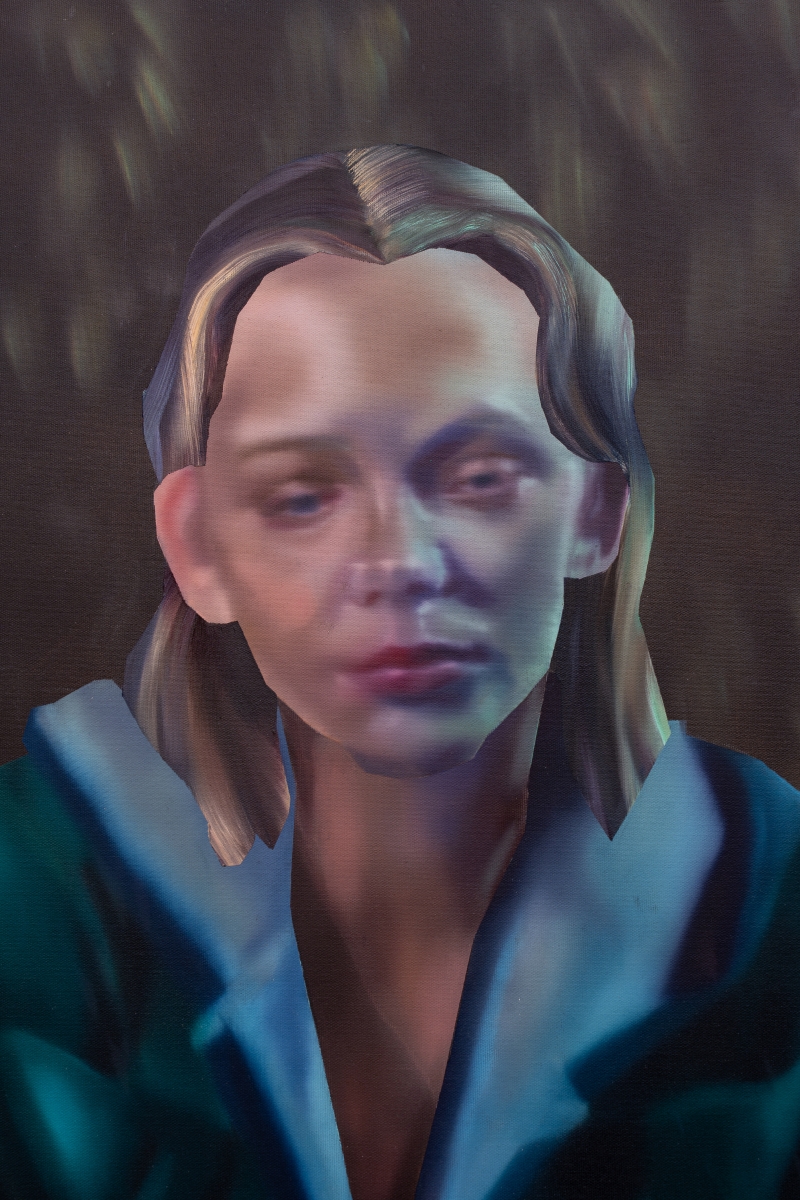
Photo: Andrej Vasilenko
Rūtė Merk delves into the contemporary expressions of visual language and discourse, exploring them through the lenses of time and space in a post-internet world. Her pieces resonate with a profound sense of emptiness, where the figures portrayed in her paintings, and the viewers who engage with them, seem to hover on the brink of absence. They are rendered visible only through their invisibility, as they are reflected in the digital mirror of representation. This reflects a paradox of our time: although we incessantly document ourselves and our surroundings, we still grapple with a deep-seated longing to remain unseen. Merk’s work deftly exposes the tension between publicity and privacy, between existence and non-existence. Her creations compel us to question whether our identities genuinely extend beyond the digital screen, or if we are merely reflections shaped by social media and virtual interfaces. In today’s world, we dream of escaping our own representations. We fear being truly perceived, and might rather disappear into the depths of a fluorescent matcha latte if it meant securing our ultimate intangibility.
In one painting, Thalia, holding valerian flowers in her hand, playfully sticks out her tongue. Is she mocking our neurotic daily lives, or is she crafting a herbal remedy for modern ascetics, overwhelmed by insomnia and overstimulated by caffeine? The search for identity and the turbulence of emotions aren’t eased, even with discount codes from influencers’ arsenals, like ‘ariadne_thread2024’. A slightly less realistic existence still feels hyper-real. When digital illusions collide with physical reality, we see ourselves reflected both as we wish to be and as we most fear becoming.

Photo: Andrej Vasilenko
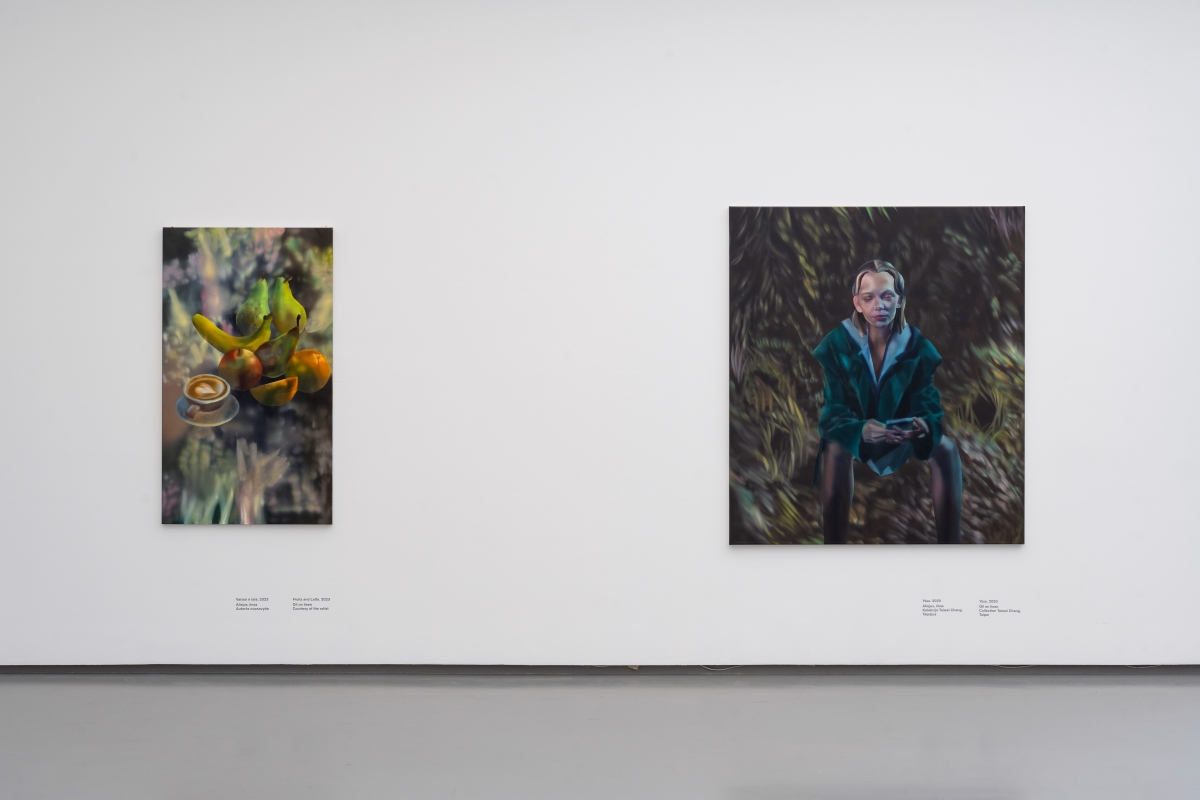
Photo: Andrej Vasilenko
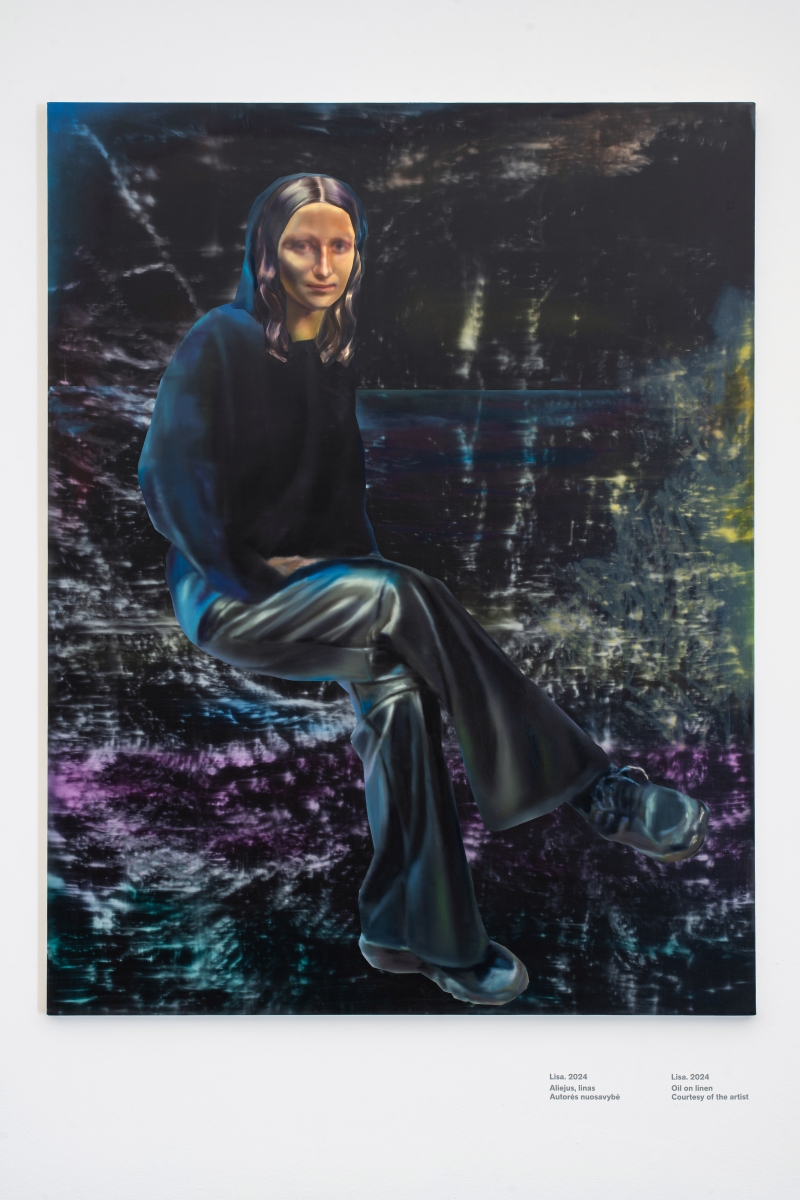
Photo: Andrej Vasilenko

Photo: Andrej Vasilenko












